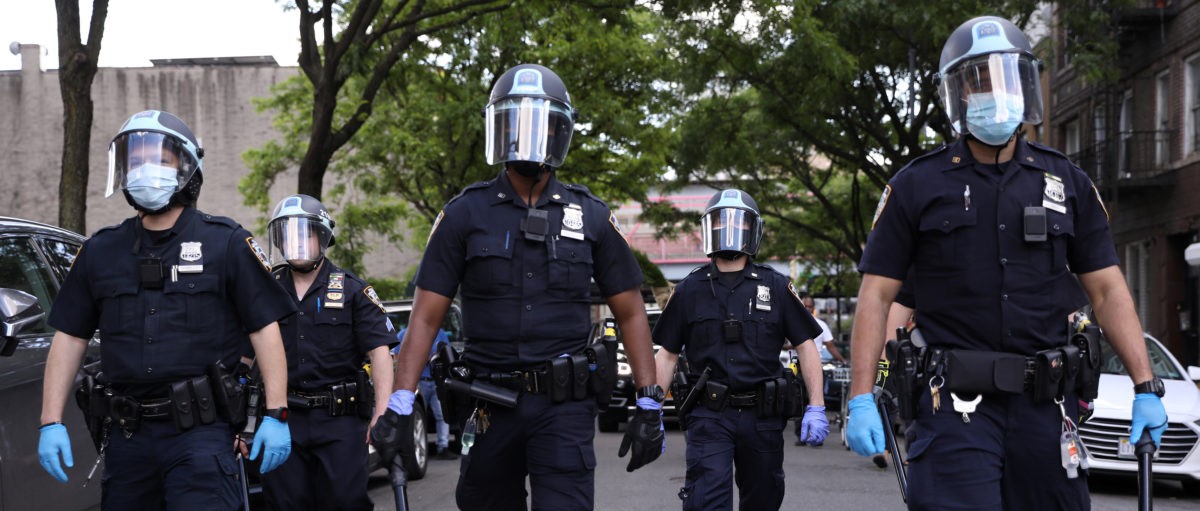
PBS: Can use of force restrictions change police behavior?
PBS examines the renewed call from reform advocates in recent month to restrict police use of force in a story published July 23. But measuring the impact and effectiveness of different restrictions can be complicated. To help understand the factors and issues of this complex issue, PBS turned to University of Cincinnati criminologist Robin Engel, a renowned expert in policing policy.
Engel, a criminal justice professor and director of the International Association of Chiefs of Police and University of Cincinnati Center for Police Research and Policy, tells PBS that it’s hard to measure racial disparities, in part because every case must be looked at in its own context.
Simply taking the total number of Black people killed by police and comparing it to their overall population size is not a good comparison because it removes the situational factors that may play a role in the use of force, Engel said.
“I’m not claiming that [racial disparities] are not real. They are. It’s very clear there are racial and ethnic disparities,” Engel said. “But the reasons for those disparities is what we really need to better understand as social scientists so that we can better inform the solutions.”
Read the full story here.
Featured image at top: Police officers are seen during a protest against the death in Minneapolis police custody of George Floyd, in New York City, U.S., May 31, 2020. REUTERS/Caitlin Ochs
Related Stories
Ohio looks to fast-track wastewater discharge permits
December 16, 2025
Bradford Mank, James B. Helmer Jr. Professor of Law at the University of Cincinnati, spoke with WVXU for a story about a proposal by the Ohio Environmental Protection Agency to streamline the way wastewater discharge permits are issued to data centers.
Tariff troubles for online shoppers
December 16, 2025
This year’s new regulations on tariffs and customs are leaving holiday shoppers with unexpected fees on some of their purchases, according to recent reporting by WLWT. Associate Dean of Impact and Partnerships for the University of Cincinnati’s Lindner College of Business Charles Sox spoke to WLWT about why shoppers are only just now feeling the impact, despite these policies being in effect for months.
Limited IT support offered during winter season days
December 16, 2025
The IT Service Desk, powered by Digital Technology Solutions (DTS), will be closed from Wednesday, Dec. 24, through Thursday, Jan. 1, during the university’s Winter Season Days closure. The Service Desk will resume normal operations Friday, Jan. 2.
